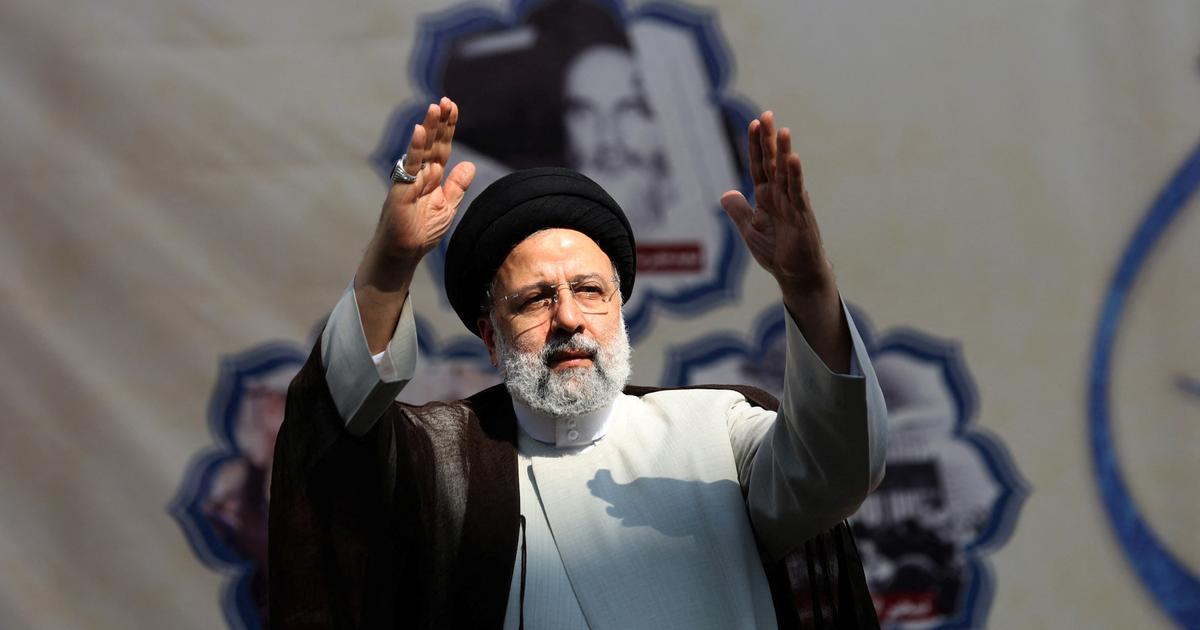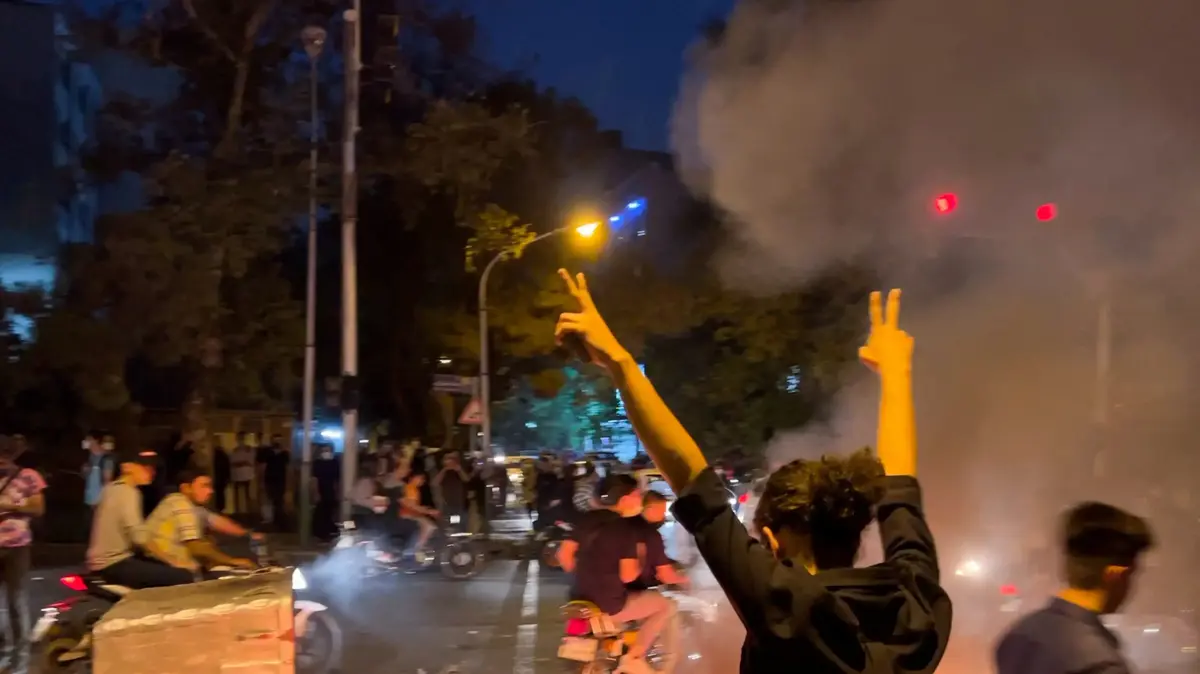After the hijab burned by the Iranian women, make way for the turbans of the mullahs: the anti-regime demonstrators are now targeting the traditional headgear of these dignitaries of the Islamic Republic of Iran.
A way to deal an additional blow to the symbols of the Iranian regime, shaken for nearly two months by an unprecedented wave of protests that wants to attack the foundations of the regime.
Videos are popping up on social media.
Both children and adults film themselves in the streets following the mullahs, quickly take off their turbans before fleeing.
The scenes take place both in Tehran and in smaller cities in Iran, such as Shiraz or Isfahan.
Between dark humor and challenge
A gesture that could seem malicious if it were not eminently political.
Pillars of the Iranian regime, the mullahs, Muslim scholars, exercise high legal, educational or religious functions in Iran.
They control its main institutions, and give Iran the title of "
regime of the mullahs
".
These Muslim dignitaries wear a cape and a turban, which is black if they are descended from the Prophet's family - and white if not.
"
The demonstrators can no longer march against the power in the street, which becomes too dangerous for them: the regime arrests everyone
", explains Azadeh Kian, Franco-Iranian sociologist, director of the education and documentation and research center for feminist studies at the University of Paris-Cité.
For her, the message behind this action is therefore clear.
“
They make the public space
impossible to live in
” for the mullahs, as the latter were able to prevent the demonstrators from criticizing the power in place out loud.
"
It's a very important provocation
," she reacts.
To attack the mullahs' turban is to attack one of the symbols of the Islamic Republic of Iran
”.
If the practice is greeted with smiles in the West, "
it thus appears to be very threatening in Iraq
", explains Azadeh Kian.
The country is predominantly Shiite, and Moqtada al-Sadr, an Iraqi Shiite politician, reacted with concern to these new forms of protest, expressing alarm at the lack of respect given to the traditional pillars of Islam, the mullahs.
Is the initiative really widespread today?
“
Hard to say
,” replies Azadeh Kian.
The social networks, which relay the videos of these demonstrators, tend to grant a “
strong virtual scale to initiatives which have less echo in real life
”.
“
It is likely that these actions, which are having a certain success on the Internet, are still relatively localized and limited in time
”.
In the meantime, some members of the Islamic clergy have taken to wearing protective coverings over their turbans, to prevent them from being removed by protesters, as reported by the CBS news channel on November 10.
A parody twitter account, entitled "
The federation of throwing turbans
" has even been created to reference the videos of these headgear which fly away following the flicks of the demonstrators.
Read alsoIn the Middle East, the demonstrations of support for Mahsa Amini want to reshuffle the cards of the status of women
The initiative is debated in the local press, between accusations of desecration of religious personalities and encouragement to denounce the repressions of the Iranian system.
In any case, the gesture is not new: according to the Iranian reform newspaper
Etemad
, reported by Courrier International, it has its origins in an initiative taken "
by radical groups linked to the conservatives
", in particular when they "
threw the turbans of clerical members of the reformist government in 2009
”.
The hats of the latter had been thrown to the ground by the conservatives during the Green Movement, a strong social and political mobilization following the fraudulent re-election to the presidency of the ultra-conservative Mahmoud Ahmadinejad, in June 2009.
At least 326 dead in protests
The massive wave of protests has spread across the country since the death of Mahsa Amini, a 22-year-old Kurdish girl, murdered by the morality police for wearing a veil deemed "
inappropriate
".
The demonstrations, on an unprecedented scale, see women take off their hijab to burn it, parade bareheaded in the cities, and cut their hair.
A gesture loaded with symbolism, when Iran has forced women to wear the hijab since 1979, an Islamic headscarf that covers the hair but leaves the face visible.
According to the latest report from the NGO Iran Human Rights (IHR), at least 326 people, including 43 children and 25 women, were killed across the country by the security forces during the repression of the demonstrations.
On November 13, a first death sentence was pronounced by a court in Tehran against a person accused of having taken part in the “
riots
”.
According to figures provided by Iranian justice, more than 2,000 people have been charged, half of them in Tehran, in nearly two months.








